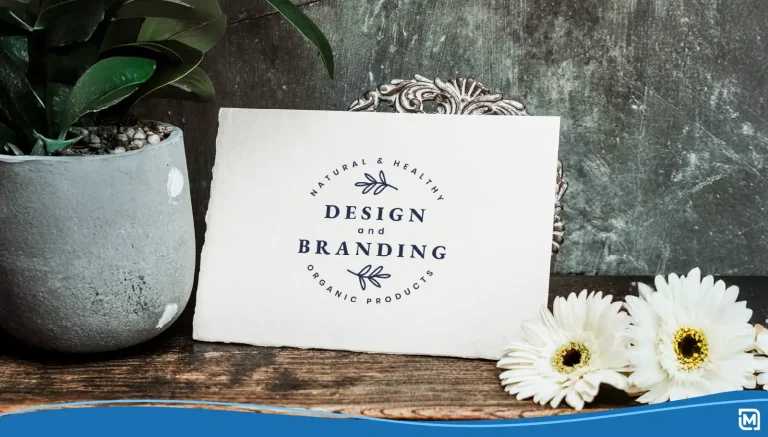If you’re just starting a business, you may be new to marketing and branding. Having some basic knowledge of branding can be extremely helpful as you start to promote your business.
With an understanding of these concepts, you’ll be better prepared to show off your company’s products and services to the world. Here’s a simple overview of some of the more important business branding terms to know.
Brand: Your company’s brand involves a number of factors, including your target audience, your logo, your products and services, and the way you market them. Your company’s brand is the sum of its influence, reputation, and value in the marketplace, along with its distinguishing features.
Brand ambassador: A brand ambassador works for you and serves as a representative of your company. The clerk at the front desk of a hotel, a door-to-door salesperson, and a local business owner are all brand ambassadors for their companies.
Brand identity: This is how people recognize your brand. It’s closely tied to your business logo, your color scheme, and other visual elements. Apple’s brand identity includes the symbol of an apple with a bite missing, and YouTube’s includes the color red.
Brand image: Your brand image exists in the minds of your customers. It’s how they perceive your brand. For example, the name Rolex makes most people think of luxury. Tiffany’s carries a romantic brand image, associated with elegance and beauty.
Brand gap: A brand gap occurs when a business promises to deliver something and falls short of that promise. The smaller the gap between expectations and reality, the more your business can thrive. If you can close that brand gap, or even surpass your customers’ expectations, you have a great chance of being successful.
Brand architecture: An organization may have multiple brands as a part of its overall portfolio. For instance, Procter & Gamble has an entire family of brands. Each sub-brand has its own unique products, such as Tide, Charmin, Bounty, and Crest. A company explains the relationships of its brands with its brand architecture.
Brand equity: Your brand’s equity is the strategic and financial value of everything customers associate with your brand. It involves factors like pricing, market share, customer loyalty, and the total value of your brand’s assets.
Area of influence: How far does your brand reach? With whom does your brand message resonate? Your brand’s area of influence is the extent of your brand’s reach in the marketplace, or the size of your market niche. It can often be expanded to reach more consumers.
Brand consistency: You must ensure that your customers get a consistent message from your company. You don’t want them seeing wildly different logo styles on various marketing materials, and you don’t want different taglines associated with your brand. Maintaining brand consistency helps ensure your message and visuals remain cohesive across the board.
Brand positioning: Most likely, your business has competitors. You have to distinguish your company from your rivals in some way. That’s where brand positioning comes in. It’s how you angle your brand to differentiate yourself. It’s what makes your brand unique. Strategic brand positioning doesn’t happen overnight; you have to plan and implement it carefully.
Personal brand: If you run a business as a life coach, personal trainer, advisor, organizer, or independent consultant of some kind, you may need to focus more on your personal brand. Your personal brand focuses on the value you bring as a person, as opposed to a business. It’s a carefully devised strategy that involves online activities and many other aspects of your life and business.
Brand guidelines: This document usually lists big-picture points for your brand, as well as visual identity specifics like font, layouts, and image styles. It dictates the voice or tone of all copy written for blogs, social media, marketing materials, and web pages. Brand guidelines also include the correct color palette for everything from product packaging to web design to business cards. This comprehensive guide helps keep your company’s brand consistent.
As you delve deeper into the world of branding, you’ll find that some experts differ on the precise definitions of these branding terms. Ultimately, it’s up to you to decide which ideas you’ll implement. But be intentional. A strong brand isn’t something that just happens; it’s something you must create deliberately.
> A first step in building a brand is to design a logo. Get started with some logo design ideas from our logo templates!



